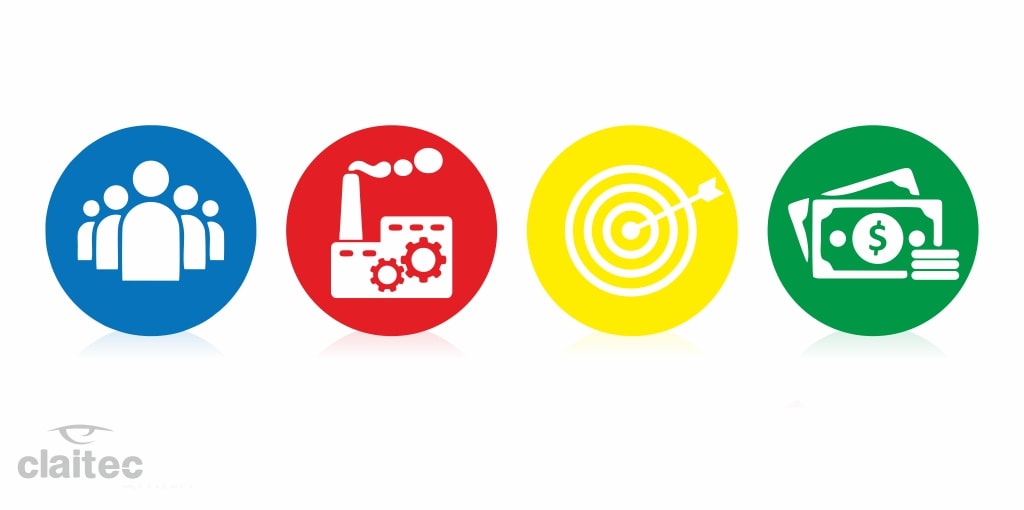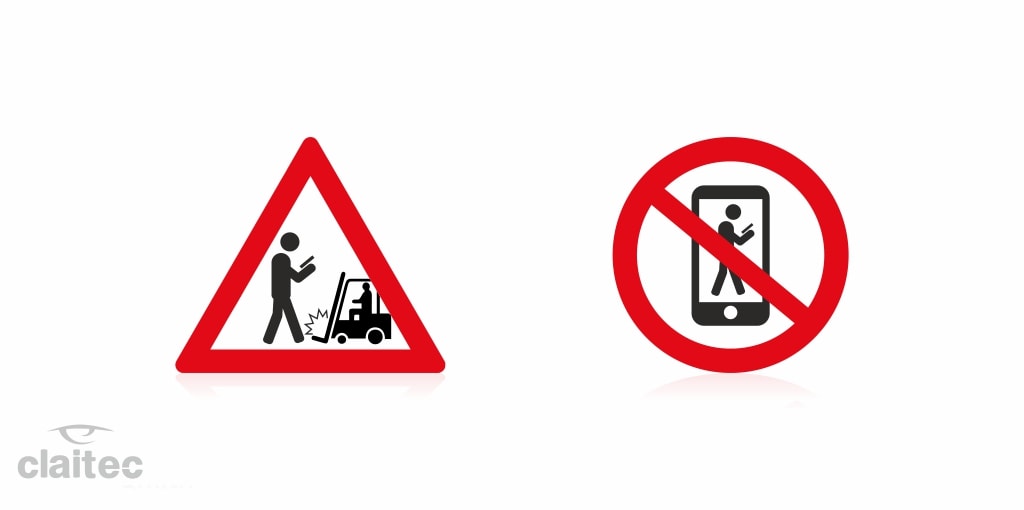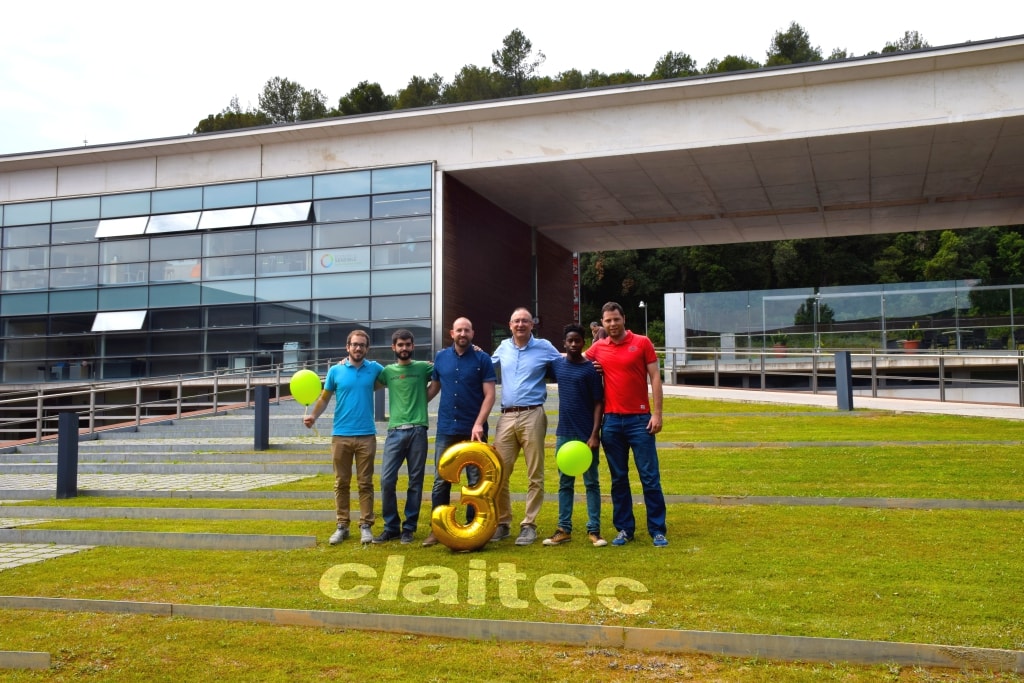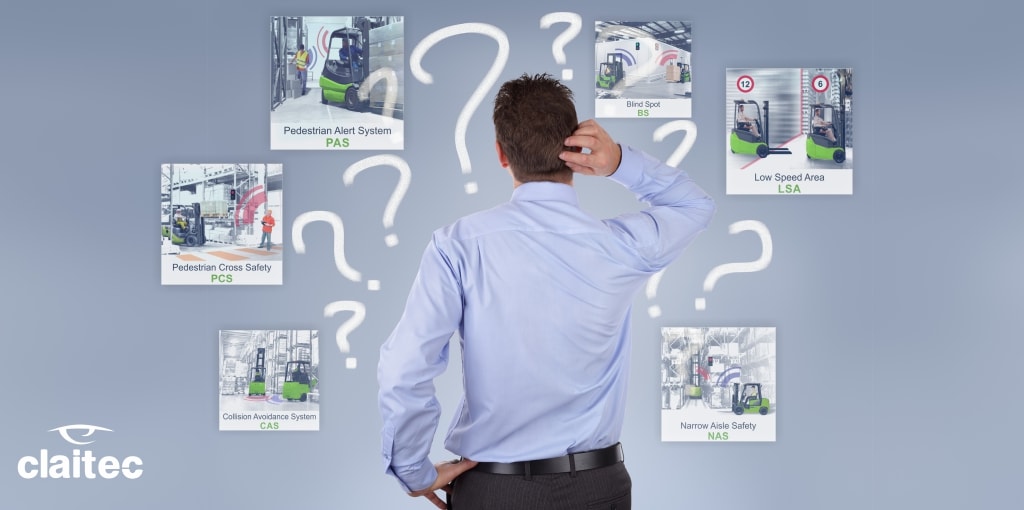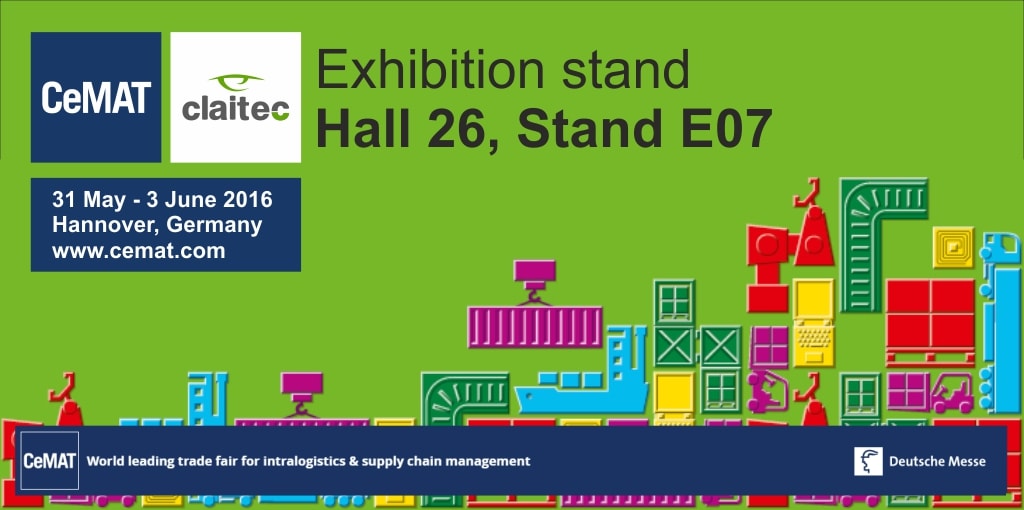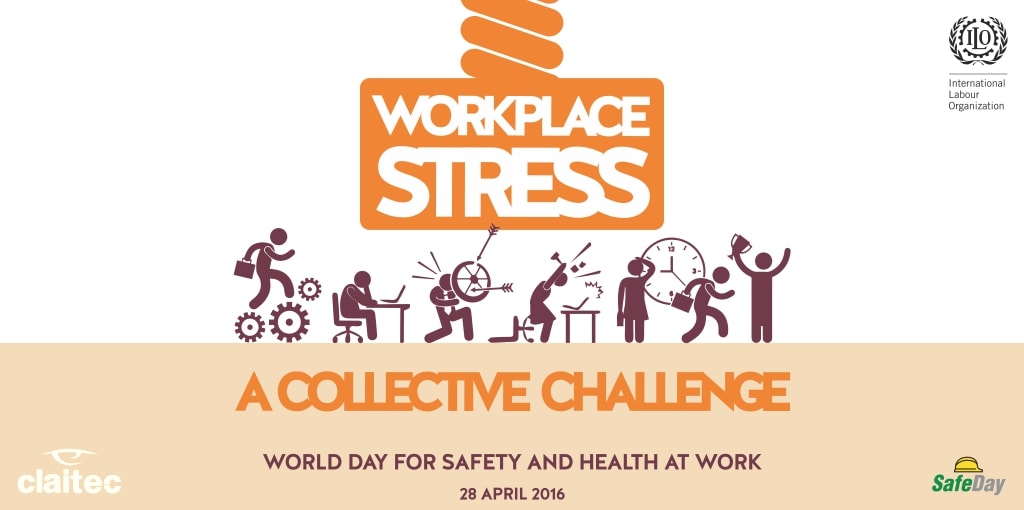Two of the main goals of our safety solutions are to provide a safe environment for our customers’ workers as well as preventing possible accidents on the factory floor.
However, we know a company needs to maximize all its available resources and as such, we want to expand on other advantages that are generated as “side effects” when adopting industrial safety solutions in your company.
1- CSR (Corporate Social Responsibility)
If your company is implementing safety solutions in its industrial plants, your company is already acting in a socially responsible manner.
Many companies go out of their way trying to identify where to apply their CSR efforts, when in fact, they have the opportunity to do so in-house more easily and with an immediate and demonstrable impact.
If your company invests in such solutions, it is already making an effort not all companies make and, therefore it is worth communicating it. Perhaps you might even spread your concern for your workers’ safety to other companies.
Our recommendation is to leave the “cold” and corporate aspect of CSR aside.
Don’t publish memos or reports that eliminate the human factor from your CSR efforts. Instead, tell stories and examples of workers in your company. Leverage Social Media and Newsletters to highlight how your employees work a lot more relaxed and happier.
You can read more about the relationship between innovation and environmental care in our post Innovating in the industry to better take care for our planet and also get some fresh ideas about how to apply your CSR efforts on the environment.
2- Operations / Production
Industrial safety solutions – through their devices and operating systems – have a process standardization effect. Consequently, it makes life easier for operators, who no longer have to focus their attention on preventing accidents, but can rely on technology to do so.
As an example, the PAS solution (Pedestrian Alert System) alerts forklift drivers when a pedestrian is nearby. In addition to fulfilling its main task – providing safety for workers -, it also has an effect on the operational productivity of each of them: instead of thinking where the risk areas are, the person can focus on doing his or her job.
3- Marketing and HR
Everyone likes to work and to do business with people with whom they share certain values. While it is true that often business decisions respond to a more rational and convenient logic, there is also an emotional factor in which we seek products or services that transmit values and virtues which we identify with.
In the area of HR, investing in workers’ safety and health sends a clear message of concern for the people in our company. If these precautions are implemented, and are properly leveraged through communications, activities, etc., they can have a very positive impact on the employees’ motivation levels and sense of belonging.
As far as marketing efforts are concerned, there is a noticeable trend in which public opinion expects companies to not only be engaged in making money, but to also show a “human” side. In fact, this has increasingly impacted on consumers’ decision processes when selecting one or another company/supplier.
Recommended reading: A new model of workplace safety
4- Finances
Companies that are responsible for industrial safety understand that “spending” in safety solutions in the factory floor is not just any other expense, but it is, in fact, an investment.
They prefer to invest money in this area, thus reducing the risk of an unfortunate events from happening in the future because they also know that the costs of accidents end up being a lot higher – we are talking about both the direct costs of accidents (which, hopefully will never happen to you!), Including legal costs, fines, etc., but also about indirect costs, such as the total demise of your company’s reputation.
